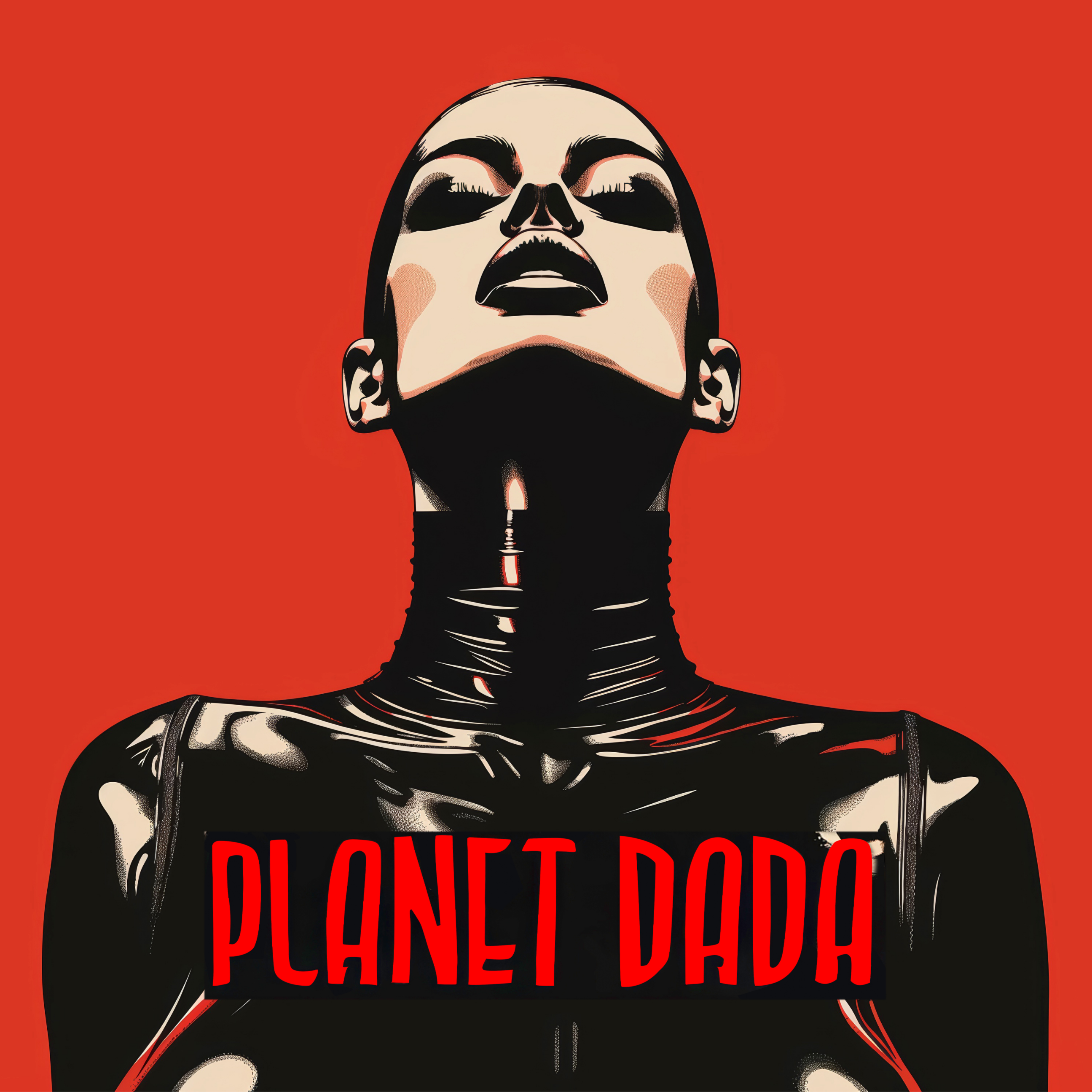Tankar om Ai Art
Artificial intelligence (AI) art has rapidly emerged as a distinctive form of creative expression, and its legitimacy is often contested. Critics argue that AI art is unethical, inherently derivative, or even stolen, while others see it as lacking the “soul” that traditional art forms possess. However, AI art can be viewed as a more genuine and democratized form of creative expression, and many of the ethical criticisms often misrepresent the nature of this technology.
AI Art as a Unique and Genuine Form of Expression
One of the most compelling arguments for the authenticity of AI art is its role as a tool for expanding human creativity, not as a substitute for it. Much like a paintbrush or a camera, AI is an instrument that artists can use to bring their visions to life. The “genuineness” of AI art comes from its collaborative nature—the interplay between human input and machine-generated output. Far from being a mindless reproduction, AI models are trained to learn from vast amounts of data, but their outputs are filtered through the intentional direction of the user. In that sense, AI art is shaped by human decisions at every stage.
The AI art process often reveals new patterns, ideas, and combinations that might not have been achievable through traditional methods, thereby expanding the boundaries of what art can be. In some ways, AI art may even be considered more authentic because it pushes artists to let go of rigid structures and allows unexpected elements to surface. It invites randomness, surprise, and new forms of creativity that might otherwise remain unexplored.
AI Art as Ethical, Not Stolen
The criticism that AI art is inherently unethical because it "steals" from other artists is an oversimplification of how AI models function. AI learns by analyzing vast datasets of images, just as human artists learn from studying their predecessors. When an artist paints, they draw on influences ranging from other artists to cultural norms and aesthetics. AI models, in essence, do the same thing but on a larger scale. They process and recombine patterns from thousands or millions of images to generate something new.
Importantly, AI does not "copy" art in a literal sense. While it learns from past works, it doesn’t replicate them wholesale. Instead, it synthesizes and reinterprets elements in ways that are often unpredictable and original. AI art is not simply a compilation of existing works; it is an interpretation of data through a specific algorithmic lens. This is no more "theft" than a human artist learning from their predecessors and incorporating that inspiration into their work.
In terms of copyright, the ethical landscape of AI-generated art does need clearer regulations, but this doesn’t make the technology inherently unethical. Just as with digital photography, sampling, or even fan art, there are ongoing debates about ownership, but those issues can be resolved through policy and legal frameworks. The mere existence of AI art is not in itself unethical—its application, like any technology, can be shaped by proper guidelines.
AI Art and Democratization of Creativity
One of the most exciting aspects of AI art is that it democratizes creativity, making artistic expression more accessible to a wider range of people. Creating traditional forms of art often requires years of training, expensive materials, or access to certain institutions. AI art, by contrast, lowers the barrier to entry for anyone with access to the technology. This means that people without formal artistic training, who might feel alienated from traditional art spaces, can still participate in creative processes.
Critics sometimes argue that this democratization dilutes the value of art, but in reality, it enriches the creative ecosystem. The more people who are able to contribute creatively, the more diverse and representative the world of art becomes. AI art is not about replacing traditional artists but about expanding the possibilities of who gets to create and how.
Conclusion
AI art is a genuine and valid form of artistic expression that challenges conventional ideas about creativity and authorship. The notion that AI art is inherently unethical or stolen oversimplifies how the technology works and undermines its potential to expand human creativity. By embracing AI as a tool for new forms of collaboration and democratizing artistic creation, we can push the boundaries of what art can be. AI is not merely copying or stealing from past works; it is a reflection of human creativity augmented by technology. Just as photography and digital media have earned their place in the world of fine art, so too will AI art, contributing to a richer, more diverse, and more inclusive artistic landscape. Rather than seeing AI as a threat, we should recognize it as an opportunity to explore new creative horizons and challenge outdated definitions of what it means to be an artist.
